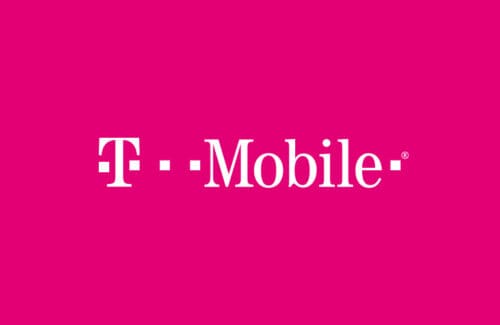Spectrum is the lifeblood of the wireless industry, and T-Mobile currently owns a strong mid-band spectrum portfolio. That is great for speed and capacity, but low-band frequencies, due to their excellent propagation, are essential for in-building, as well as suburban and rural, coverage. Wireless carriers need a mix of low- and upper-band spectrum to be competitive in the marketplace. For this reason, we have taken the first of several steps to round out our portfolio with low-band spectrum by entering into atransaction with Verizon to purchase certain 700 MHz A-Block licenses. Upon closing, we will have low-band spectrum in 9 of the top 10, and 21 of the top 30, markets in the United States.
This transaction will help support T-Mobile’s evolution as a company. Last year, we introduced our bold “Un-Carrier” strategy, eliminating customer contracts and foreign data roaming fees, and facilitating more frequent handset upgrades, among other initiatives. But we recognize the need to add low-band spectrum to our network to ensure a top-notch consumer experience. The spectrum we are buying will enable better coverage and aggressively deploying it will fuel our trends of attracting more customers to our company and keeping them satisfied once they’ve arrived.
We believe the acquisition of Verizon’s A-Block will provide us with a good base of low-band spectrum, but it does not eliminate our need to continue to add to our portfolio. Even though interference and other problems previously associated with the A-Block are rapidly diminishing, thanks in part to an interoperability deal brokered by the FCC with AT&T and DISH, not all of the spectrum will be immediately usable.
Nor does this transaction put us on an equal footing with the largest two carriers in terms of low-band spectrum. Indeed, after closing, T-Mobile will have just 6 MHz of low-band spectrum on average nationwide – much less than the big two. Clearly, low-band spectrum will remain highly concentrated in the hands of the two largest carriers.
This means the need to place modest spectrum aggregation limits on the big two carriers in the upcoming 600 MHz broadcast incentive auction has not changed as a result of our transaction with Verizon. As the Department of Justice has explained, AT&T and Verizon have a strong economic incentive to keep other competitors from winning the low-band spectrum at auction, and without reasonable limits on what they can acquire, they are likely to walk away with all or the lion’s share of the licenses offered. We hope the FCC will put the right rules in place to ensure we can continue to roll out the services and technologies consumers have come to expect from T-Mobile.





